- Country
- Travel Package
- Blogs
- Contact Us
-
- Dashboard
- Booked List
- Wishlist
- Login

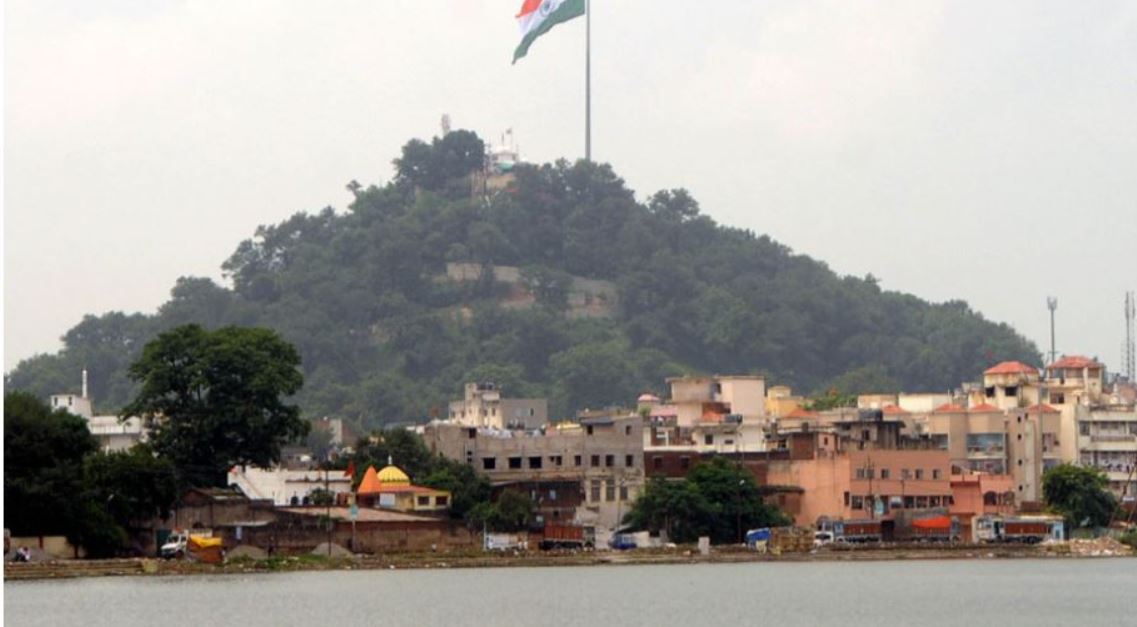
Historical Significance
Pahadi Mandir has a rich history that dates back to the 19th century. It was established by the local devotees who sought to create a place of worship that could inspire peace and devotion. The temple is situated at an elevation of approximately 2,140 feet, which adds to its serene ambiance and makes it a prominent landmark in the city.
The architecture of Pahadi Mandir is a blend of traditional and modern styles. The temple features intricate carvings and sculptures that depict various Hindu deities, with Lord Shiva being the central figure. The sanctum sanctorum houses a Shiva Lingam, where devotees offer prayers and perform rituals. The temple's design incorporates natural elements, harmonizing with the lush greenery that surrounds it.
Reaching Pahadi Mandir involves a trek up a steep hill, which can be both challenging and rewarding. The path is lined with trees and offers a refreshing escape from the hustle and bustle of city life. Many devotees believe that the journey to the temple is a form of penance, enhancing the spiritual experience.
Pahadi Mandir comes alive during festivals, especially during Maha Shivaratri, when thousands of devotees flock to the temple to offer their prayers. Special rituals and cultural programs are organized, creating an atmosphere of devotion and celebration. The temple also hosts various religious events throughout the year, attracting visitors from far and wide.
One of the highlights of visiting Pahadi Mandir is the panoramic view it offers. From the temple, visitors can enjoy stunning vistas of Ranchi and the surrounding hills. The sunset view from the temple is particularly breathtaking, making it a favorite spot for photography enthusiasts.
Pahadi Mandir is not just a temple; it is a place where spirituality meets nature. Whether you are seeking solace, adventure, or a deeper connection with the divine, this temple offers an unforgettable experience. A visit to Pahadi Mandir is a must for anyone traveling to Ranchi, providing a perfect blend of cultural richness and natural beauty.
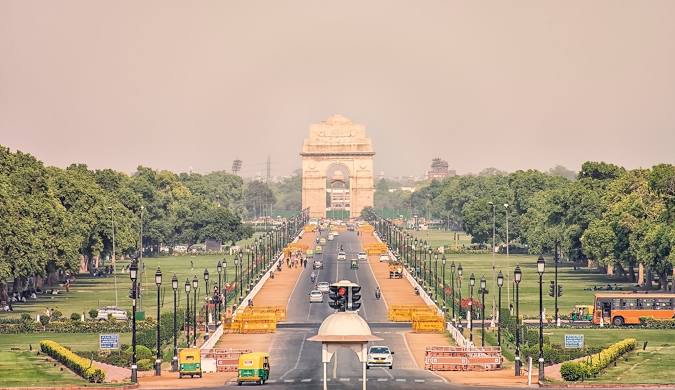
Delhi, the capital of India, is a major city and an important center for Indian history, culture, and politics. The city is known for its rich heritage, diverse architecture, and vibrant atmosphere.
Read More ...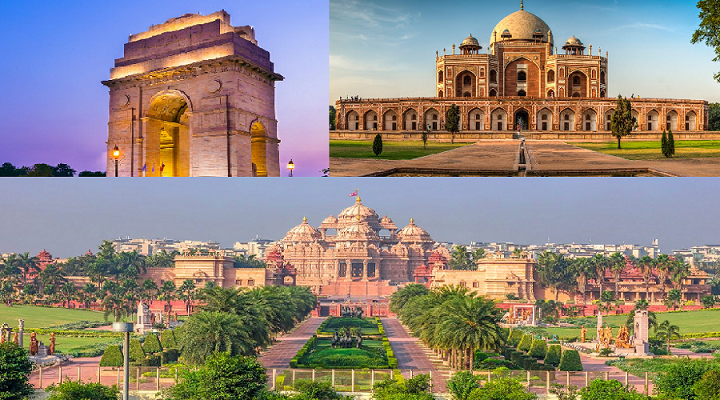
Delhi, the vibrant capital of India, is a city where history and modernity coexist harmoniously. As you travel through its bustling streets, you'll encounter a blend of ancient monuments, diverse cultures, and contemporary lifestyles.
Read More ...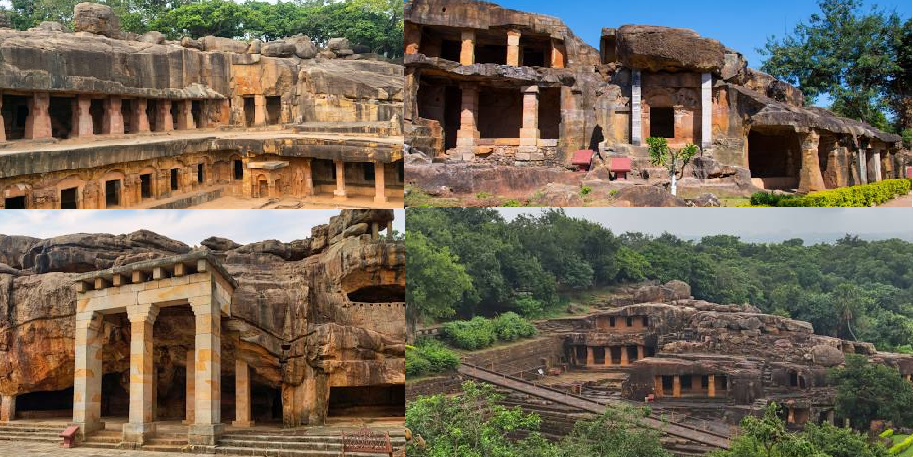
Udayagiri and Khandagiri Caves are a group of ancient rock-cut caves located near Bhubaneswar in Odisha, India. These caves date back to the 2nd century BCE and are significant for their historical, archaeological, and religious importance.
Read More ...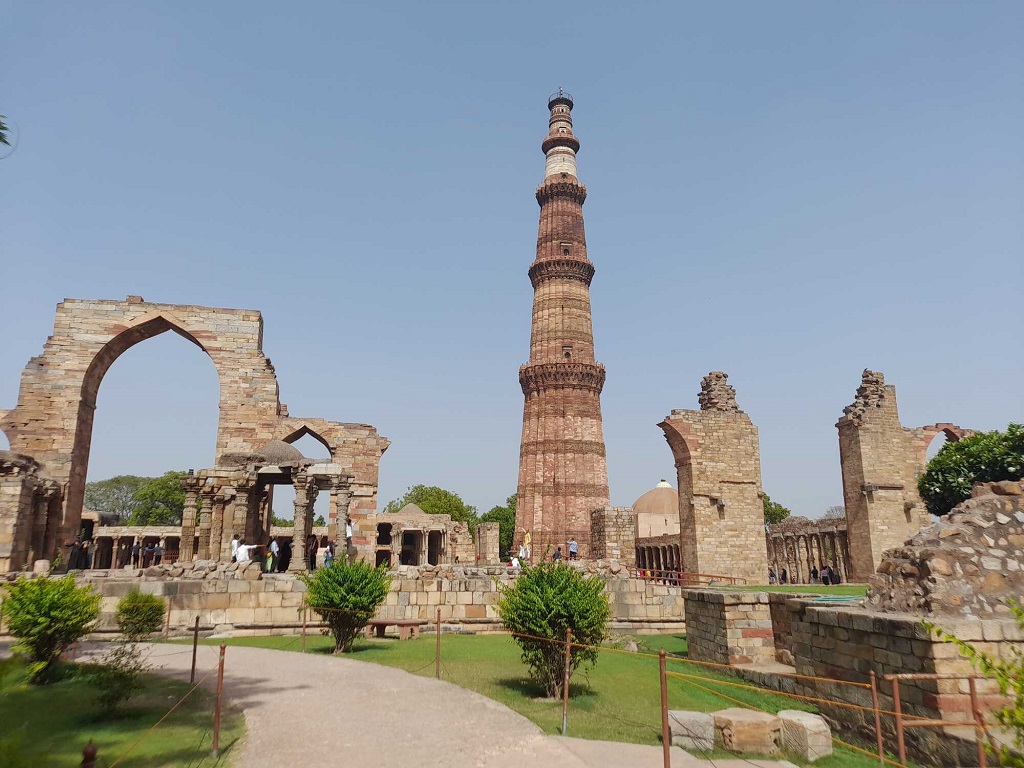
The Qutub Minar is a soaring tower located in Delhi, India. It is the tallest minaret in the world and a UNESCO World Heritage Site. Built in the 12th century by Qutub-ud-din Aibak, the first Muslim ruler of Delhi, the minaret stands as a testament to the architectural prowess of the early Islamic era in India.
Read More ...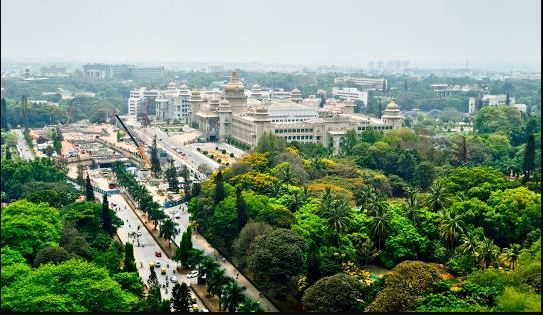
Bangalore (BANG-ga-lor) officially is the capital and largest city of the southern Indian state of Karnataka. It is famous by its nicknames" Silicon Valley of India, IT Capital of India, Garden City of India”. Coming to its geographical part we can observe that Bangalore lies in the southeast of the South Indian state of Karnataka. It is in the heart of the Mysore Plateau (a region of the larger Cretaceous Deccan Plateau) at an average elevation of 900 m (2,953 ft) above sea level.
Read More ...To find the best hotels and tourist attractions tailored to your travel preferences, please select a country from the list below. Whether you're dreaming of a beach getaway, a cultural adventure, or a city escape, we’re here to help you discover the perfect destination!
Once you make your selection, we’ll provide you with a curated list of top-rated hotels and must-visit tourist spots in your chosen country. Happy travels!